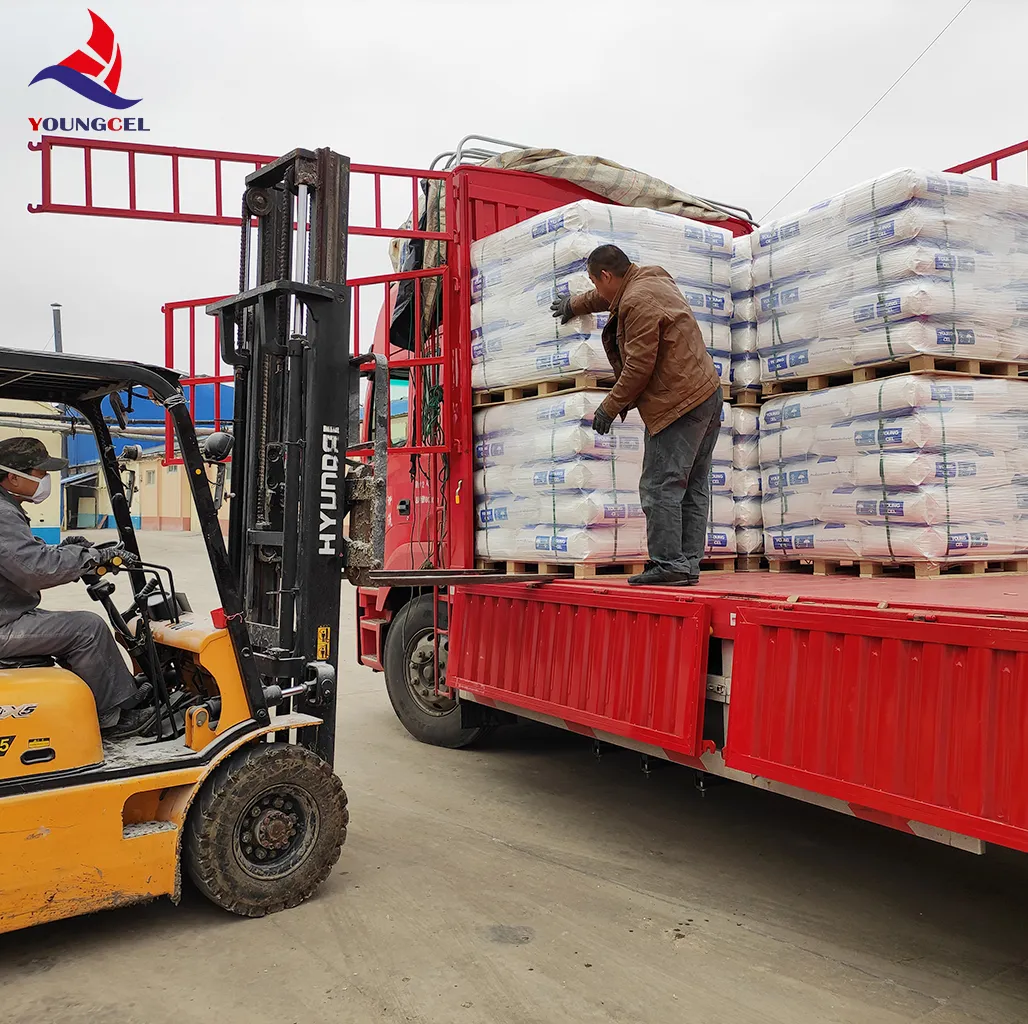Understanding RDP for Ceramic Tile Adhesives
Ceramic tile adhesives have increasingly become a focal point in modern construction and renovation projects. One of the critical components that enhance the performance of these adhesives is Redispersible Polymer Powder (RDP). In this article, we will delve into the significance of RDP in ceramic tile adhesives, how it functions, and the benefits it brings to the application process.
What is RDP?
Redispersible Polymer Powder (RDP) is a fine, free-flowing powder that, when mixed with water, forms a stable emulsion. It stems from various polymers, including vinyl acetate-ethylene (VAE) copolymers, and is utilized in adhesive formulations to improve specific properties. RDP is valued in tile adhesives for its ability to enhance adhesion, flexibility, and water resistance.
Functionality of RDP in Tile Adhesives
1. Enhanced Adhesion One of the most notable benefits of incorporating RDP in ceramic tile adhesives is improved adhesion. RDP improves the interaction between the adhesive and both the substrate and the tile itself, leading to a stronger bond. This is particularly essential for ceramic tiles, given their common usage in environments subject to movement, vibration, or temperature fluctuations.
2. Flexibility RDP imparts flexibility to tile adhesives. This property is vital in minimizing the risk of cracking caused by substrate movement or thermal expansion and contraction. A flexible adhesive allows the tiles to accommodate slight movements without breaking the bond, ensuring durability and longevity.
3. Water Resistance and Durability RDP enhances the water resistance of the adhesive. It creates a hydrophobic layer that protects the bond from moisture, which is particularly important in areas subjected to water exposure, such as bathrooms and kitchens. Improved water resistance also minimizes the risk of mildew and mold, contributing to healthier indoor environments.
rdp for ceramic tile adhesive

4. Ease of Application Adhesives formulated with RDP are generally easier to work with. The re-dispersible nature of RDP means that the adhesive maintains a consistent texture when mixed with water, making it smoother and easier to apply. This property reduces clumping and ensures a uniform spread, crucial for achieving a reliable bond.
5. Versatility RDP-based adhesives can cater to various substrate types, from concrete to gypsum board, allowing for versatility in construction and renovation projects. This adaptability ensures that contractors can use a single product for different installations, simplifying logistics and reducing costs.
Environmental Considerations
In recent years, there has been an increasing emphasis on environmentally friendly building materials. RDP products are often formulated to meet stringent environmental regulations and standards. They can be produced with low volatile organic compounds (VOCs), making them safer for indoor air quality compared to traditional adhesives. Additionally, the use of RDP can promote sustainable practices in construction, as it often enables the reuse of existing materials and reduces waste.
Conclusion
The role of Redispersible Polymer Powder (RDP) in ceramic tile adhesives cannot be overstated. Its ability to enhance adhesion, flexibility, durability, and application ease makes it an invaluable component in modern tile installations. As the construction industry continues to evolve, the importance of utilizing advanced materials like RDP will likely increase, leading to improved performance and sustainability.
As builders and homeowners strive for elegance and functionality in their projects, the incorporation of RDP in tile adhesives represents a step towards achieving both aesthetic appeal and long-lasting durability. Whether for a small renovation or a large-scale construction effort, understanding and leveraging the benefits of RDP can significantly enhance the quality and longevity of ceramic tile applications. With the right materials, including RDP, the possibilities are endless in creating beautiful, durable spaces that stand the test of time.
-
The Application and Significance of Construction RdpNewsMay.19,2025
-
Industrial Grade HpmcNewsMay.19,2025
-
Building Coating Adhesive Building Coating Adhesive HpmcNewsMay.19,2025
-
Application Of Hpmc For Detergent For Detergent In DetergentsNewsMay.19,2025
-
Application Of Hpmc Cellulose In Cement-Based MaterialsNewsMay.19,2025
-
Application Of High Quality Hpmc For Construction In The Field Of ConstructionNewsMay.19,2025




